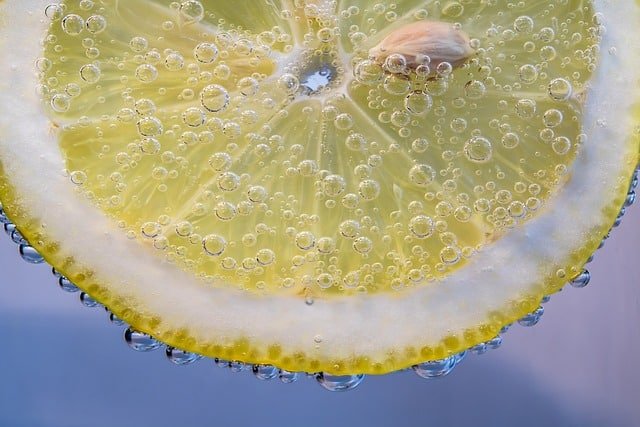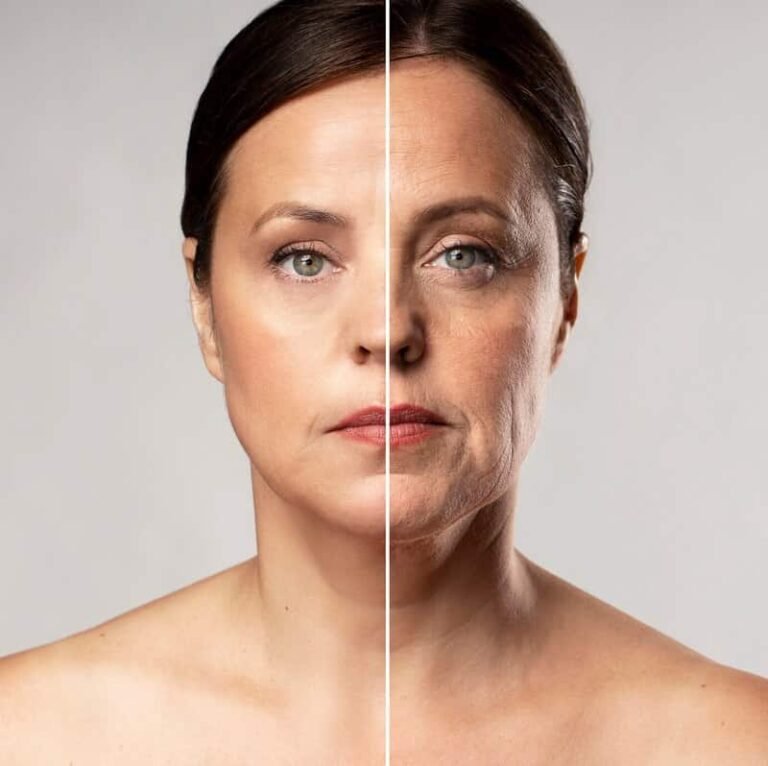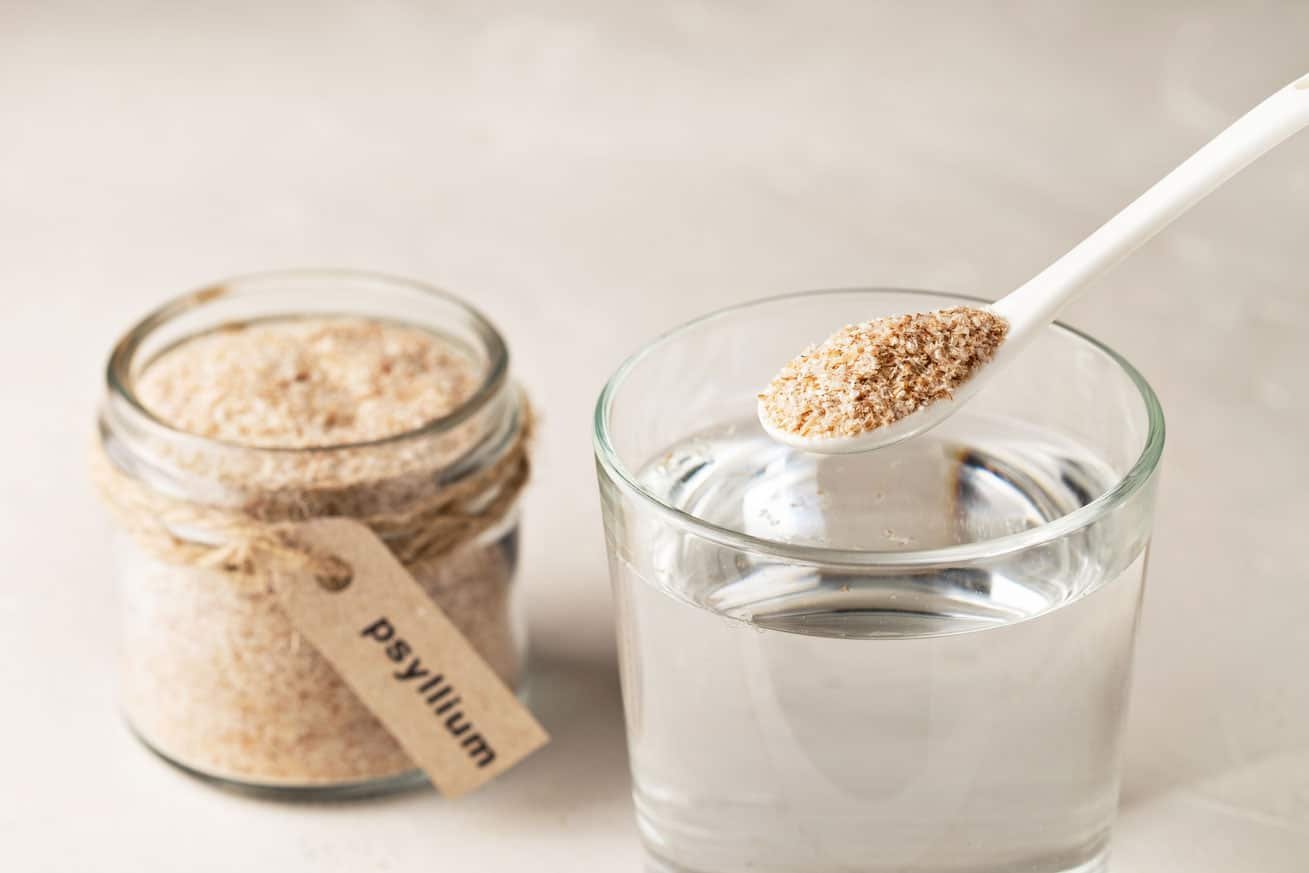In This Article
Introduction
Stretch marks, or striae, are those long, narrow streaks or lines that show up on your skin when it’s stretched quickly due to sudden changes in weight or growth. Think of puberty, pregnancy, or even rapid muscle gain. They usually start as red or purple lines and gradually lighten to a white or silver color over time. Many of us have them, which are typical for men and women. Let’s Dive in and Discuss Castor Oil
Common Treatments for Stretch Marks
- Topical Creams and Ointmentscolour often contain ingredients like retinoids, hyaluronic acid, and vitamin E. They’re believed to help by boosting collagen production and aiding skin regeneration, making stretch marks less noticeable.
- Laser Therapy: This involves using focused light to kickstart the production of new collagen and elastin. Different lasers might be used depending on the colour and age of your stretch marks.
- Microdermabrasion: A minimally invasive procedure where tiny crystals exfoliate your skin, removing dead cells and promoting new skin growth. It can help with both the texture and colour of stretch marks.
- Chemical Peels: A solution is applied to your skin that causes it to exfoliate and eventually peel off. This can help new, healthier skin grow and reduce the appearance of stretch marks.
- Microneedling: This uses fine needles to create tiny punctures in the skin. It stimulates your body’s natural healing process and increases collagen production, improving the texture and look of stretch marks.
- Radiofrequency Treatment: This uses radiofrequency energy to heat more profound layers of the skin, promoting collagen and elastin production. It can help tighten your skin and reduce the visibility of stretch marks.
While these treatments can help, it’s good to remember that they might not eliminate stretch marks. The effectiveness can vary based on your skin type and how old and severe the stretch marks are, among other factors.
What is Castor Oil?

Castor oil is a versatile vegetable oil extracted from the seeds of the castor plant (Ricinus communis). For centuries, it has been a go-to natural remedy for a range of health and beauty concerns, including skin issues like stretch marks, acne, and dryness. Beyond skincare, castor oil is celebrated for promoting hair growth, treating constipation, and even serving as a lubricant in various industrial applications. With its rich mix of fatty acids and anti-inflammatory properties, castor oil is a favourite among holistic health enthusiasts and practitioners of traditional medicine.
Composition of Castor Oil
Castor oil is packed with ricinoleic acid, known for its impressive anti-inflammatory properties that help alleviate pain and swelling. It also contains other beneficial fatty acids like oleic and linoleic acid, which nourish and moisturize the skin. Plus, it’s rich in vitamin E, an antioxidant that protects the skin from harm caused by free radicals. Essential minerals like zinc and calcium add to its benefits, helping to maintain healthy skin and overall bodily functions.
Benefits of Castor Oil for Skin
- Moisturizing: The fatty acids in castor oil help lock in moisture, keeping your skin soft and hydrated.
- Anti-Inflammatory: With ricinoleic acid, castor oil can reduce redness and swelling, making it great for stretch marks.
- Improves Skin Elasticity: The antioxidants in castor oil boost skin elasticity, making it more resilient and reducing the chance of new stretch marks.
- Promotes Wound Healing: With its rich fatty acids and vitamin E, castor oil has been used centuries to treat wounds and promote healing.
- Reduces Pigmentation: Vitamin E helps lighten dark spots and hyperpigmentation, making stretch marks less noticeable.
Description and Properties of Castor Oil
Castor oil, derived from the seeds of the castor bean plant (Ricinus communis), has a pale yellow colour and a distinctive, mild odour. Rich in ricinoleic acid, a type of fatty acid, it boasts unique properties. Castor oil is known for its high viscosity and stability under high temperatures and is valuable in many applications. Its moisturizing and anti-inflammatory properties make it a staple in the cosmetic and pharmaceutical industries.
Historical and Modern Uses
Castor oil has a long history of use. Ancient Egyptians used it to treat various ailments and for skin care. It also served as a laxative and to induce labour in pregnant women. In modern times, castor oil maintains its role in traditional medicine and has found new uses. It produces soaps, lubricants, hydraulic and brake fluids, paints, dyes, coatings, inks, cold-resistant plastics, waxes, and polishes. Additionally, it’s a key ingredient in many skincare and haircare products, thanks to its nourishing and hydrating properties.
How Castor Oil Might Help With Stretch Marks
Research suggests castor oil is packed with compounds that boost collagen and elastin production, two critical proteins for healthy skin. A lack of these proteins often leads to stretch marks. Castor oil is also deeply hydrating and has anti-inflammatory properties, which can soften and soothe the skin, making existing stretch marks less noticeable. Plus, its antioxidants can help tackle pigmentation issues by brightening dark areas.
Moisturizing Properties
Castor oil acts as a natural moisturizer. Its high fatty acid content, especially ricinoleic acid, locks in moisture by forming a protective barrier on the skin. This keeps dry, rough skin soft and supple.
Skin Regeneration and Healing Potential
Castor oil is rich in nutrients that support skin regeneration and repair. It’s been used to treat minor cuts, scars, and infections because it promotes new tissue growth, aiding the healing process. It also boosts collagen production, which is crucial for maintaining skin elasticity and a youthful appearance.
Anti-Inflammatory Effects
Castor oil contains ricinoleic acid, which possesses powerful anti-inflammatory effects. This makes it helpful in easing inflammation and pain from conditions like arthritis, sore muscles, and inflammatory skin issues such as eczema and psoriasis. It soothes inflamed skin and minimizes swelling.
Using Castor Oil to Treat Stretch Marks
Castor oil is a popular natural remedy often used to reduce the appearance of stretch marks. It’s rich in fatty acids and vitamin E, which nourish and moisturize the skin, improving its elasticity and texture. By adding castor oil to your skincare routine, you may be able to make stretch marks less visible over time.
Application Methods
Apply castor oil directly to the areas with stretch marks for practical use. Massage it gently in circular motions to help it penetrate deeper into the skin. This can improve blood circulation and support the healing process.
Frequency and Duration
For the best results, use castor oil daily. Consistency is crucial, so integrate it regularly into your schedule. You might start to see improvements after a few weeks, but significant results can take several months, depending on the extent of your stretch marks.
Combining with Other Treatments
To boost effectiveness, you can combine castor oil with other natural treatments. For example, mixing it with aloe vera gel, coconut oil, or essential oils like lavender or rosehip oil can provide extra hydration, promote faster healing, and improve your skin’s overall health.
Potential Risks and Side Effects
- Allergic Reactions: Certain individuals may have allergies to specific ingredients. Symptoms can be mild, like itching or redness, or severe, like swelling and difficulty breathing. Always check product labels and do a patch test before using it entirely.
- Skin Irritation: Some products can irritate the skin, especially if yours is sensitive. This could mean redness, dryness, or a burning feeling. Stop using the product if irritation happens and see a dermatologist if it doesn’t go away.
- Precautions to Take: Follow the instructions carefully to avoid problems. Talk to a healthcare professional if you have skin conditions or are on other medications. Keep products out of children’s reach and store them in a cool, dry place.
Scientific Evidence
Studies and Research on Castor Oil for Skin Care
Castor oil has long been used for skin care, and various studies have explored its benefits. Researchers often look at its moisturizing properties, its ability to help wounds heal, and its potential to reduce inflammation. They examine components like ricinoleic acid to understand how castor oil can improve skin health, addressing dryness and irritation.
Evidence Supporting or Refuting the Effectiveness of Stretch Marks
The effectiveness of castor oil for treating stretch marks is debated. Some personal stories and small studies suggest it might improve skin elasticity and hydration, reducing the appearance of stretch marks. However, more extensive, more detailed studies are needed to confirm this. Current research shows mixed results, with some reports noting minor improvements and others seeing no significant changes. So, while castor oil is popular in home remedies, its effectiveness for stretch marks is still uncertain, according to the scientific community.
Table highlighting the important points from the document about using castor oil for stretch marks.
| Topic | Important Points |
|---|---|
| Castor Oil Composition | – Rich in ricinoleic acid (anti-inflammatory properties) – Contains oleic and linoleic acids – Rich in vitamin E (antioxidant) – Contains zinc and calcium |
| Benefits for Skin | – Moisturizing – Anti-inflammatory – Improves skin elasticity – Promotes wound healing – Reduces pigmentation |
| Application Methods | – Apply directly to stretch marks – Massage in circular motions – Use daily for best results – Can be combined with other natural treatments (e.g., aloe vera, coconut oil) |
| Potential Effectiveness | – May boost collagen and elastin production – Can soften and soothe skin – May make stretch marks less noticeable – Scientific evidence is limited and mixed |
| Possible Side Effects | – Allergic reactions – Skin irritation – Patch test recommended before use |
| Time for Results | – Minor improvements may be seen in a few weeks – Significant results can take several months |
| Limitations | – Unlikely to completely remove stretch marks – Effectiveness varies among individuals – More research needed to confirm benefits |
Conclusion
Benefits and Limitations of Castor Oil
Castor oil is often a natural remedy for skin issues like stretch marks. It helps keep the skin moisturized and elastic thanks to its hydrating properties. The fatty acids in castor oil penetrate the skin to promote healing and reduce stretch marks over time. It possesses anti-inflammatory qualities that can calm irritated skin and minimize redness.
Nevertheless, there are a few drawbacks to consider. While many people see positive results, there isn’t a lot of scientific proof that castor oil works specifically for stretch marks. Results can vary significantly from person to person, and it may take a long time and regular use to notice any changes. Some people might also experience allergic reactions or skin irritation.
Frequently Asked Questions (FAQ) About Castor Oil for Stretch Marks
Q1: What is castor oil?
A1: Castor oil is a natural vegetable oil taken from the seeds of the castor plant. It’s packed with fatty acids and has been used for ages for its healing properties.
Q2: How does castor oil help with stretch marks?
A2: Castor oil helps stretch marks by deeply moisturizing the skin, improving its flexibility, and aiding in repairing damaged tissue. It contains fatty acids and vitamin E, which nourish the skin.
Q3: How should I apply castor oil to my stretch marks?
A3: Apply castor oil directly to your stretch marks. Massage it gently in circular motions to help it sink in and boost blood flow.
Q4: How often should I use castor oil for stretch marks?
A4: For best results, use castor oil daily. Consistency is crucial, so incorporate it into your daily skincare regimen.
Q5: How long does it take to see results from using castor oil on stretch marks?
A5: You might notice improvements in a few weeks, but significant results can take several months, depending on how severe your stretch marks are and your skin type.
Q6: Can I combine castor oil with other natural treatments?
A6: Definitely! You can mix castor oil with other natural remedies like aloe vera gel, coconut oil, or essential oils like lavender or rosehip for extra benefits.
Q7: Are there any side effects of using castor oil on the skin?
A7: Some people might experience allergic reactions or skin irritation. Do a patch test first and stop using it if you have any adverse reactions.
Q8: Is castor oil safe to use during pregnancy?
A8: Castor oil is generally safe, but it’s always best to check with a healthcare professional before trying new skincare products during pregnancy.
Q9: Can castor oil completely remove stretch marks?
A9: Castor oil can help reduce the appearance of stretch marks, but it’s unlikely to remove them completely. Its effectiveness can differ from one individual to another.
Q10: How do I perform a patch test for castor oil?
A10: To do a patch test, apply castor oil to a small area of your skin, like your inner forearm. Wait 24 hours to see if there’s any irritation or allergic reaction.
Q11: Can castor oil be used on other parts of the body besides stretch marks?
A11: Yes, castor oil can be used to moisturize and soothe various parts of the body, including dry patches, minor cuts, and scars.
Q12: Is there scientific evidence supporting the use of castor oil for stretch marks?
A12: Some studies highlight castor oil’s moisturizing and healing properties, but more research is needed to prove its effectiveness in treating stretch marks.
Q13: Can castor oil help with old stretch marks?
A13: Castor oil might help improve the texture and look of older stretch marks, but it might take longer to see noticeable results than newer ones.
Q14: What should I do if I experience irritation from castor oil?
A14: If you experience irritation, stop using it immediately and consult a dermatologist. Don’t use castor oil again until the irritation goes away.
Q15: Where can I buy castor oil?
A15: You can buy castor oil at most pharmacies, health food stores, and online retailers. Look for pure, cold-pressed castor oil for the best quality.

Olivia
Dr. Olivia is a dedicated dermatologist and skincare expert. With a medical degree from University of Sheffield Medical School, she specializes in treating a variety of skin conditions, including acne, eczema, and skin cancer. Dr. Olivia offers personalized treatment plans to promote healthy, radiant skin and is committed to staying current with the latest advancements in dermatology.








